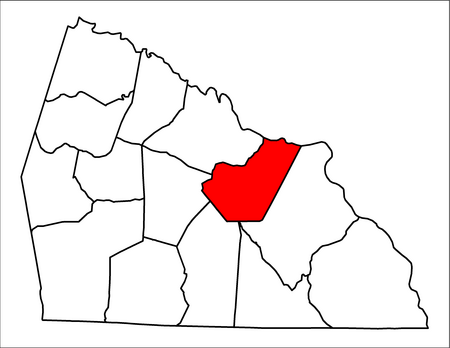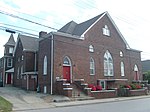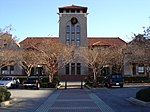Salisbury Township, Rowan County, North Carolina
Central North Carolina geography stubsTownships in North CarolinaTownships in Rowan County, North CarolinaUse mdy dates from July 2023

Salisbury Township is one of fourteen townships in Rowan County, North Carolina, United States. The township had a population of 28,594 according to the 2000 census and is currently the most populous township in Rowan County. Geographically, Salisbury Township occupies 30.64 square miles (79.4 km2) in central Rowan County. Large portions of the city of Salisbury, the county seat of Rowan County are located in the township. In addition, the towns of Spencer, East Spencer, and a small portion of the town Granite Quarry are located in Salisbury Township. The township's northern border is formed by the Yadkin River.
Excerpt from the Wikipedia article Salisbury Township, Rowan County, North Carolina (License: CC BY-SA 3.0, Authors, Images).Salisbury Township, Rowan County, North Carolina
North Main Street, Salisbury
Geographical coordinates (GPS) Address Nearby Places Show on map
Geographical coordinates (GPS)
| Latitude | Longitude |
|---|---|
| N 35.671944444444 ° | E -80.463611111111 ° |
Address
North Main Street 601
28144 Salisbury
North Carolina, United States
Open on Google Maps










